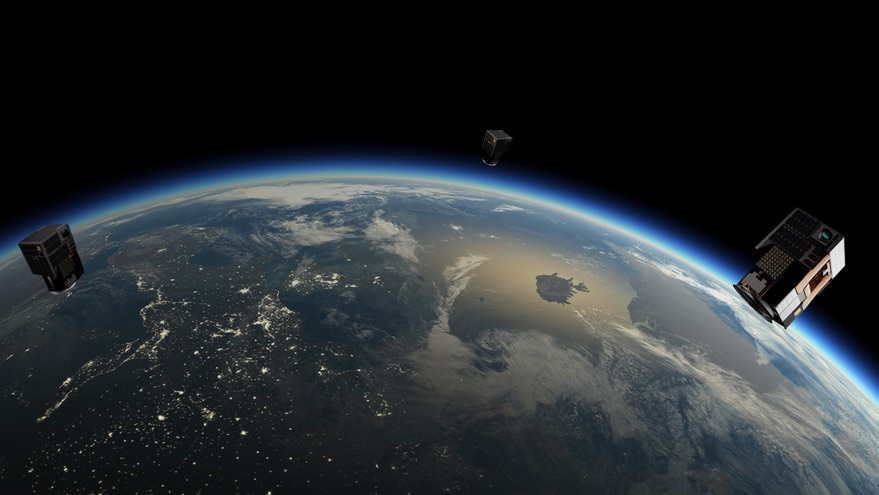WASHINGTON — Earth observation company Satellogic announced Jan. 19 it signed a contract with SpaceX covering several rideshare launches of its satellites through next year.
The multiple launch services agreement makes SpaceX Satellogic’s preferred provider for launching its constellation of microsatellites, after previously relying on Chinese, European and Russian vehicles, including a launch of 10 satellites as the primary payload on a Long March 6 Nov. 5.
In an interview, Emiliano Kargieman, chief executive of Satellogic, said the low prices and frequent launch opportunities that SpaceX offered led his company to sign up. “The new rideshare program that SpaceX has put together has reduced the price on the order of four or five times on a per-kilogram basis,” he said. “That really made the rideshare program compete very well in the market and it caused us to start having conversations with SpaceX.”
Satellogic plans to conduct its next four launches with SpaceX, starting in June. Additional launches will take place in December and in March and June of 2022. All will be rideshare missions going to sun-synchronous orbits, with at least four satellites on the June launch. The company, which has 13 operational satellites currently, projects having a constellation of about 60 satellites by the end of 2022 or early 2023.
The company also has the option of flying satellites as rideshare payloads on Starlink missions. Those would go to mid-inclination orbits, which Kargieman said would complement the bulk of the constellation in sun-synchronous orbits. “They give us more diversity in times for revisits for points of interest,” he said, noting the company has one satellite in such an orbit. “We are looking into deploying more mid-inclination satellites over the next 12–18 months, but we have not yet decided exactly when those launches are going to be.”
Another benefit of the agreement, he said, is the flexibility it offers in determining how many satellites to fly, as well as options for flying satellites on Starlink missions. “It gives us the possibility of making those decisions closer to the launch date.”
While SpaceX is Satellogic’s preferred launch provider, Kargieman did not rule out occasionally using other providers. “Because we might need some particular orbit, we might still decide to launch a dedicated rocket every once in a while to make sure we have the satellites where we want them,” he said.
Satellogic is seeing strong demand for the high-resolution imagery its satellites produce, he said, with that demand accelerating in the last year from government customers in particular. “On the government side it’s very clear that there is significant unsatisfied demand,” he said. “The pandemic has accelerated the demand for Earth observation data and geospatial analytics.”
That demand was a key factor in the decision to select SpaceX, with its launch services allowing Satellogic to accelerate deployment of its constellation. “That’s a good point to invest more,” Kargieman said. “We’re feeling strongly that this is a time for us to double down, scale and continue to bring this data to market at an affordable cost.”
